10 Celebrity Divorces That Cost More Than Most People’s Lifetimes
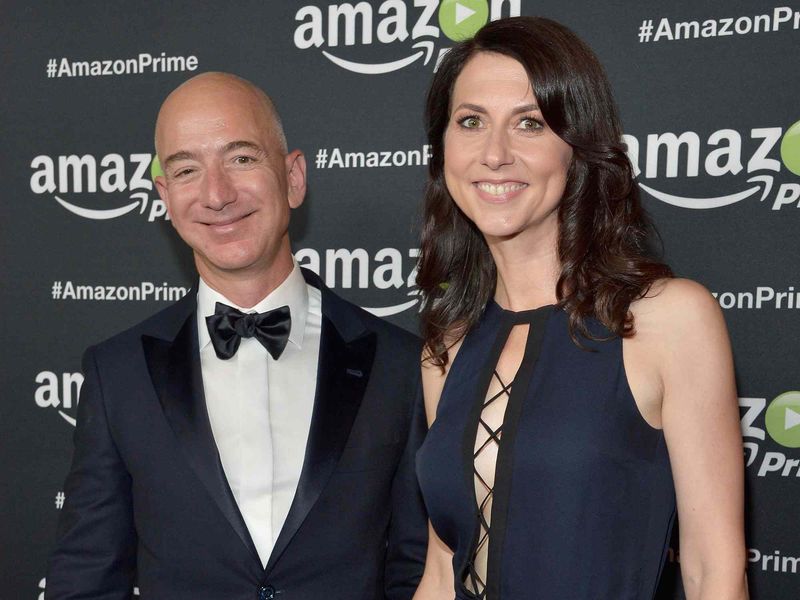
Love may be priceless, but breaking up can come with a receipt that makes your eyes water. These celebrity divorces didn’t just end marriages—they rewrote financial history and funded fortunes.
From Hollywood titans to royal households and tech moguls, the numbers are jaw-dropping and strangely mesmerizing. Ready to peek behind the velvet curtain and see what heartbreak costs at the top?
10. Steven Spielberg & Amy Irving — ~$100 million (1989)

Before streaming money and superhero universes, a director and an actress learned that a napkin contract won’t hold up in court. Married at a turning point in Spielberg’s career, their split helped define the price of creative rise and domestic contribution. The settlement, reportedly around $100 million, showed judges value more than box office receipts—they look at partnership, too.
Irving’s role in Spielberg’s life bridged the uncertain middle ground between muse, collaborator, and individual artist. In a pre-digital Hollywood, fame didn’t always equal liquidity, yet the figures still stunned. The message was clear: informal agreements are romantic until they’re not.
For the industry, it served as a cautionary tale about documentation and prenups. For the public, it became a compelling subplot to blockbuster lore. Sometimes the real twist isn’t on screen—it’s the settlement filed with a county clerk.
9. Tiger Woods & Elin Nordegren — ~$100 million (2010)
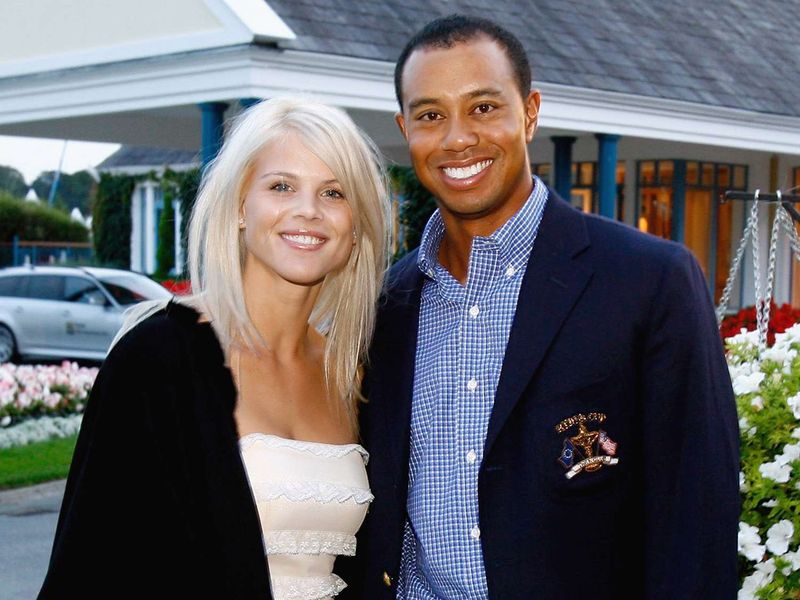
Golf’s most famous name faced a crisis that ricocheted far beyond the fairway. After a tabloid hurricane and a public apology, the marriage ended with an estimated $100 million settlement. Image rehab, sponsorship tremors, and privacy concerns turned one couple’s unraveling into a global talking point about celebrity, scrutiny, and trust.
Nordegren, once elusive to headlines, found herself at the eye of a media storm, then quietly rebuilt. Woods recalibrated, proving resilience on and off the course, but the monetary tally marked a stark chapter. The figure didn’t merely reflect earnings; it priced the cost of brand damage and personal upheaval.
As the story faded, it left a cautionary echo about fame’s double-edged nature. Heightened exposure magnifies both triumphs and collapses. And when the spotlight swings to family life, the bill can dwarf even the richest prize purse.
8. Garth Brooks & Sandy Mahl — ~$125 million (2001)

Country’s megastar didn’t just croon about heartbreak—he budgeted for it. As Brooks transitioned from relentless touring to more family-focused priorities, his first marriage ended with a reported $125 million settlement. The scale mirrored a decade where country music crossed over, and merch tables became mini Wall Streets.
Mahl’s presence during Brooks’s meteoric rise made valuation complex. Royalties, catalog value, and future earnings forecasts all entered the corral, kicking up legal dust. When the boots finally stopped stomping, the number spoke to the power of a well-built brand—and the partner who rode alongside.
For fans, it reframed the ballads about love and loss into ledger lines and long-tail revenue. For Nashville, it underscored how domestic partnerships intertwine with business empires. Turns out, the most expensive tour stop can be the courthouse downtown.
7. Michael Jordan & Juanita Vanoy — ~$168 million (2006)
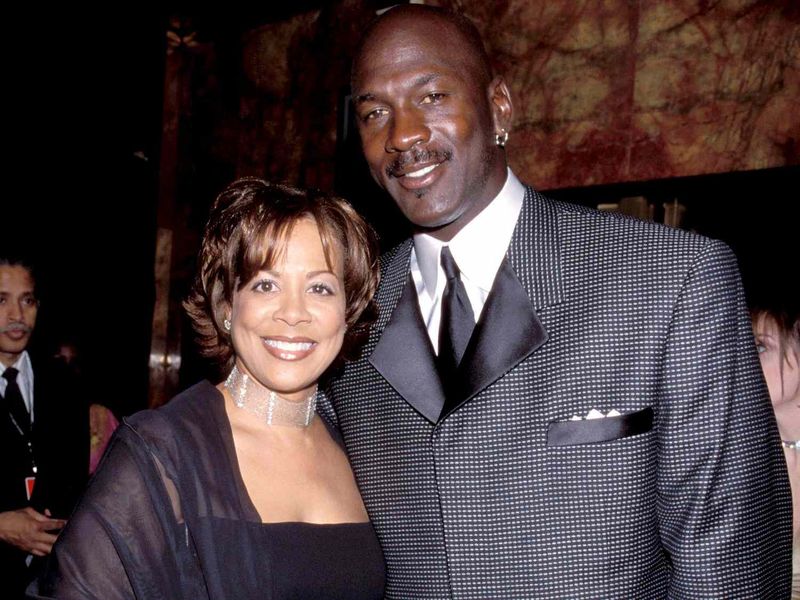
Even the greatest can’t out-jump a ledger. After years together and a temporary reconciliation, Jordan and Vanoy finalized one of the priciest splits in sports history—about $168 million. The valuation included homes, investments, and the orbiting ecosystem of a global icon bridging basketball, fashion, and culture.
Vanoy’s role during Jordan’s ascent, from rookie awe to brand empire, carried weight in court. The settlement reflected more than championship rings; it measured enduring influence and shared life-building. When a name becomes a logo, the household spreadsheet looks like a Fortune 500.
Post-divorce, both charted distinct paths, and the Air Jordan myth kept soaring. But behind the highlight reels, this chapter offered a sober lesson on marital equity. Even legends must reconcile personal history with the balance sheet’s unforgiving arithmetic.
6. Mel Gibson & Robyn Moore — ~$400–$425 million (2011)
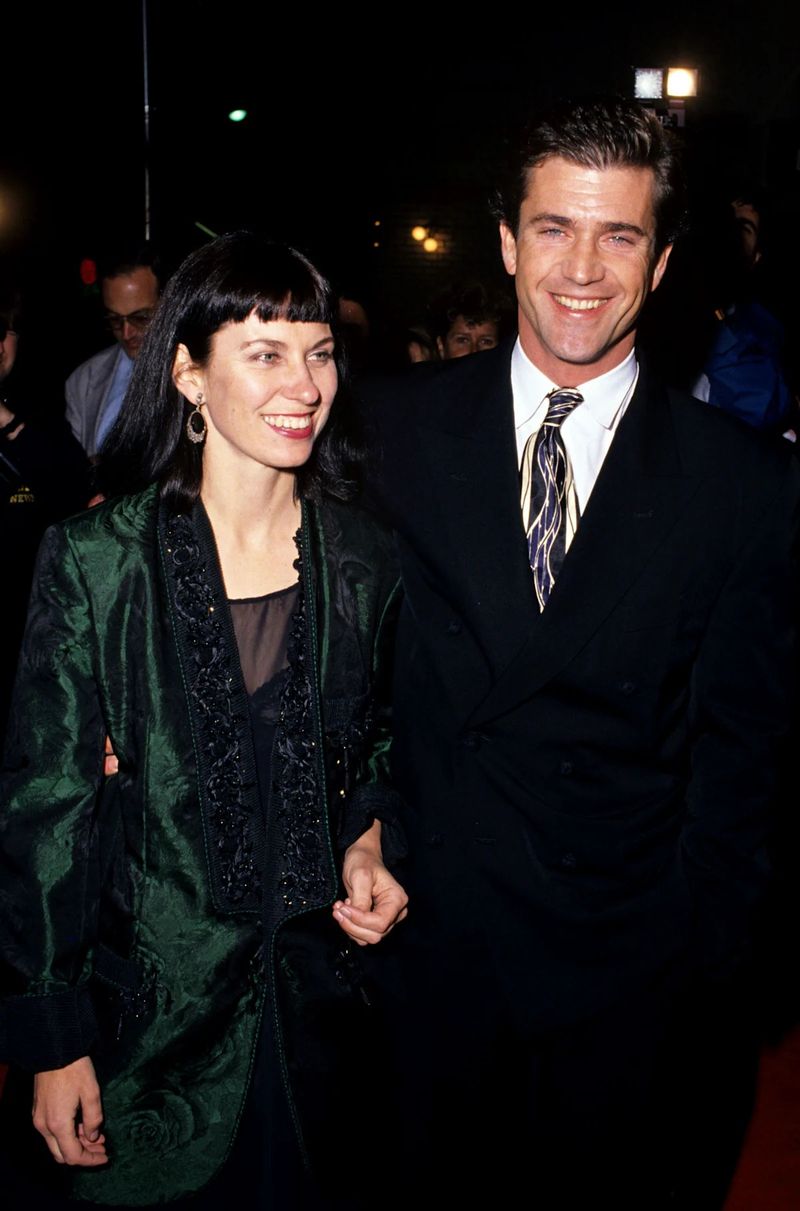
Before streaming mega-deals, Gibson’s career spanned blockbuster acting, directing, and producing—and the revenue to match. When his decades-long marriage ended, California’s community property laws met Hollywood’s backlot accounting. The result: a settlement estimated between $400 and $425 million, plus ongoing residual splits from future earnings.
Moore’s partnership predated Gibson’s highest peaks, making the argument for shared success straightforward. Studios keep receipts, and so do courts; the math added up to a breathtaking total. It was a landmark reminder that marriage and moguldom can be equally binding contracts.
The aftermath illustrated the long tail of creative income—syndication checks and catalog health matter. For onlookers, the sticker shock lingered long after headlines faded. Sometimes the biggest special effect isn’t CGI; it’s the wire transfer confirmation.
5. Roman Abramovich & Irina Malandina — ~£150–£300 million (≈$500 million, 2007)

Oligarch wealth is tricky to measure, and this split proved it. Estimates varied wildly—pounds, dollars, and rumors chasing yachts across continents—but the midpoint hovered around half a billion. Assets sprawled from art to football, each with fluctuating valuations that complicated any tidy narrative.
Malandina, largely private, suddenly found her name adjacent to tabloids and transfer windows. Abramovich’s portfolio defied simple accounting, and confidentiality draped the final figures. Still, the numbers placed the divorce among Europe’s most expensive at the time.
Beyond the splashy sums, the story highlighted how global wealth blurs legal jurisdictions. Courts, advisers, and appraisers turned into cartographers of hidden value. When the rich are mobile and assets even more so, settlements become treasure maps written in legalese.
4. Sheikh Mohammed bin Rashid Al Maktoum & Princess Haya — ~$730 million (2021)
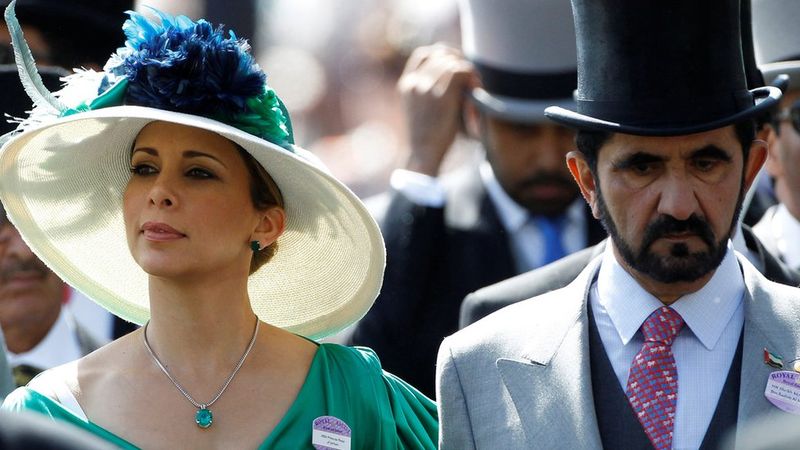
Royal drama met London’s High Court in a case that blended security, privacy, and staggering support. The award—around $730 million—covered not only financial provision but extraordinary protection for children in the public eye. It read as both a ledger and a shield.
Princess Haya’s claims illuminated the unique risks of modern royalty: surveillance fears, tabloid frenzy, and geopolitical entanglements. The court’s calculus extended beyond mansions and horses to safekeeping in a digital age. Money, in this instance, was also a moat.
For observers, the judgment felt unprecedented in scope and specificity. It underscored how family courts can navigate power imbalances with meticulous detail. While fairy tales end at the wedding, real life requires budgets—sometimes fortified like castles.
3. Rupert Murdoch & Anna Murdoch — ~$1.7 billion (1999)

When media empires shed shares, the dust floats for years. This divorce reportedly transferred about $1.7 billion, much in News Corp stock, redefining power dynamics at the intersection of family and newsroom. It wasn’t just a breakup; it was a corporate event.
Anna’s long tenure beside Murdoch paralleled the expansion of a global media machine. Equity, options, and succession planning formed the vocabulary of heartbreak. The settlement hinted at how family roles can become boardroom positions in all but title.
In the aftermath, the empire kept morphing—spinoffs, restructures, new marriages, new headlines. Yet this chapter persists as a case study in how love lives inside conglomerates. When your dinner table is also a control room, every course comes with a proxy statement.
2. Alec & Jocelyn Wildenstein — ~$2.5 billion+ (1999)

Art, tigers, and eyebrow-raising headlines—this divorce had a museum’s worth of spectacle. The settlement reportedly exceeded $2.5 billion, with upfront sums and annual payments that felt surreal even by billionaire standards. Tabloids feasted, but the real feast was the valuation of extraordinary assets.
From rare art to exotic estates, the portfolio read like a high-society scavenger hunt. Pricing uniqueness is a fraught science; appraisers became storytellers with calculators. The figures, however, spoke clearly: eccentricity can be as valuable as it is visible.
Beyond the sensationalism, the case highlighted the friction between lifestyle and liquidity. Selling the irreplaceable can be its own heartbreak. In the gilded corners of society, even love’s exit is curated—and insured.
1. Jeff Bezos & MacKenzie Scott — ~$38 billion (2019)
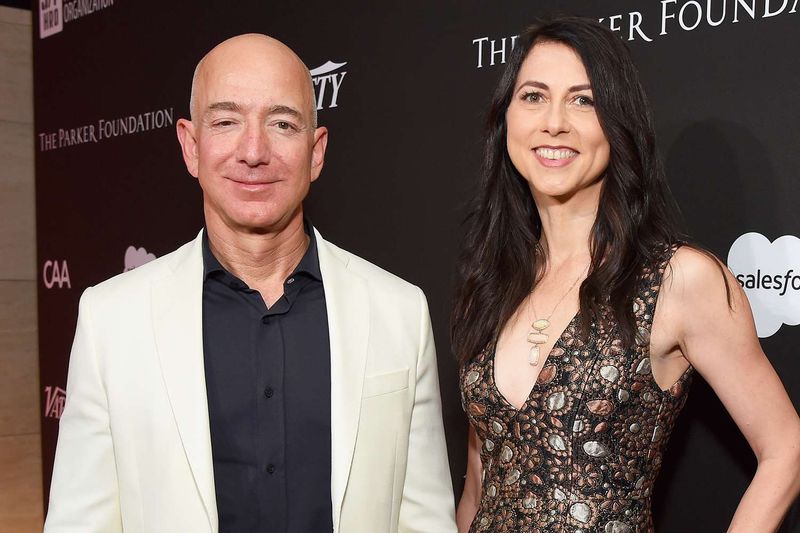
Modern tech wealth met a masterclass in amicable disentanglement. The settlement allocated roughly $38 billion in Amazon stock to Scott, instantly reshaping philanthropy and power rankings. Public statements were civil, even warm—astonishing given the zeroes involved.
Scott then rewrote the giving playbook, deploying billions with unusual speed and humility. The divorce thus became a prologue to one of the most consequential philanthropic waves of the century. For Bezos, strategic control remained; for observers, the numbers beggared belief.
In an era where market caps swing like moods, this split showed how equity is both currency and narrative. The lesson: share price can turn heartache into headline history. And sometimes, the biggest winner is society at large.

Comments
Loading…